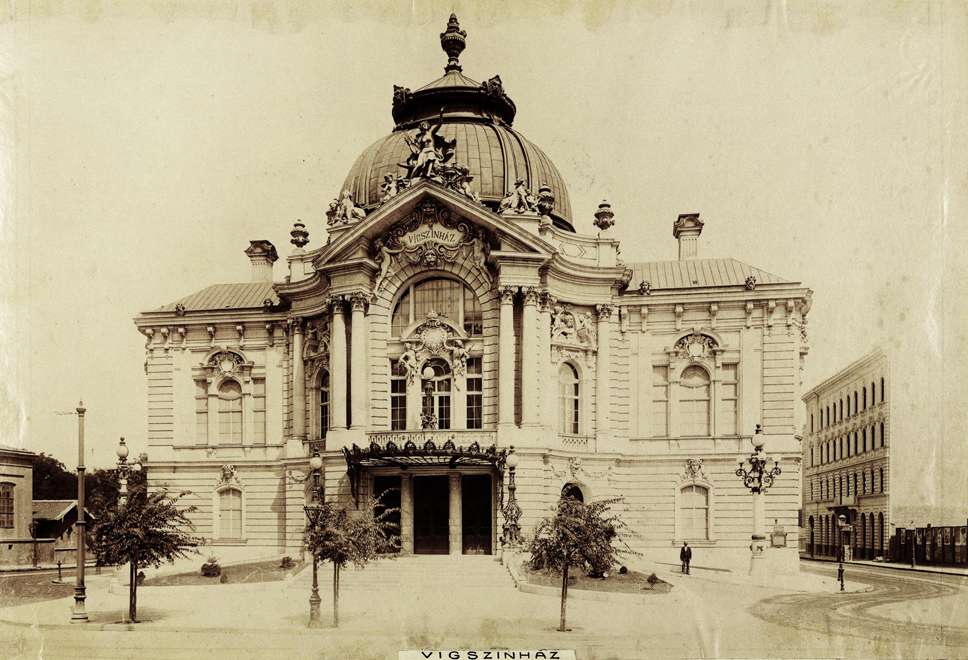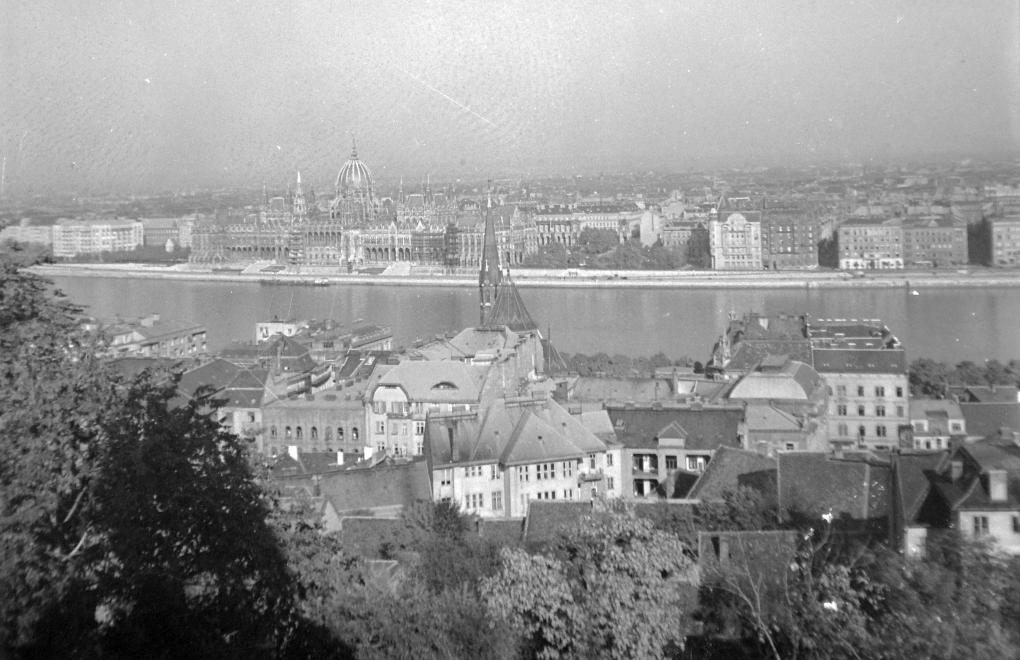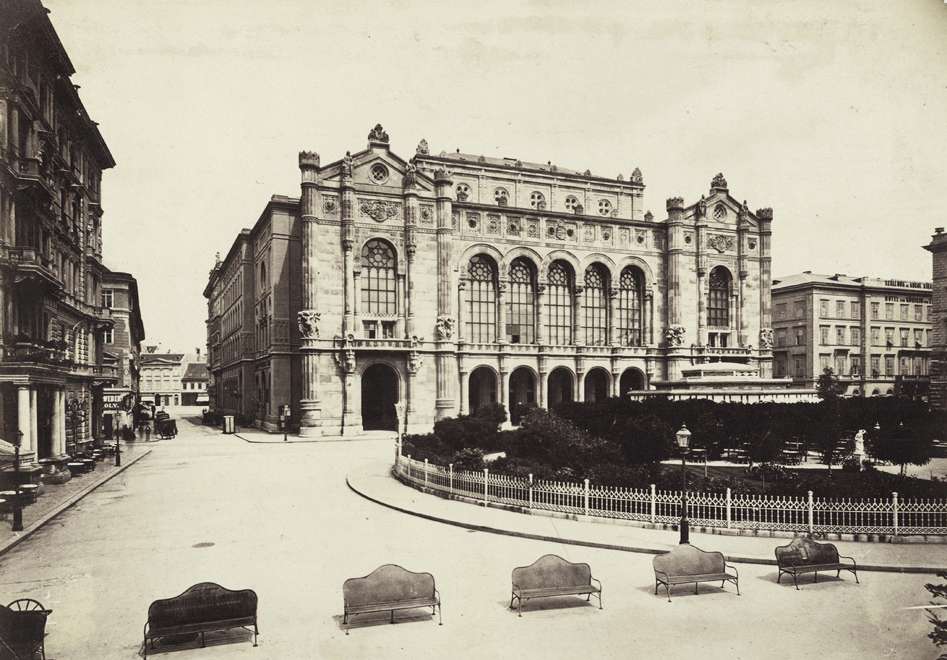Fantastic Budapest: 10 stunning stories from the past of the Hungarian capital – photos
There were pig slaughters on Margaret Island and there were organised bull-fights in the zoo. A PhD student collected some stunning stories colouring the past of the Hungarian capital, below you can read the 10 most interesting ones.
Brigitta Pályi is a PhD student at Pázmány Péter Catholic University’s Doctoral School of History where she is researching the History of the early 20th century Budapest. She regularly shares interesting stories on emlekezzbudapest.blog.hu from where szeretlekmagyarorszag.hu collected the top 10 ones.
1.
A ministerial declaration of 1903 prohibited standing on trams. As a result, only those passengers could travel on trams who had a seat.
2.
In Buda, instead of church bell ring, noon was signed by a cannon shot for long. In fact, the shot was done by the all-time caretaker of the Ferenc Toldy Secondary School.
3.
There was an organised, Spanish-style bull-fight in June 1904 for which even a circle-shaped arena was erected in the Budapest Zoo and Botanical Garden.
4.
At the beginning of the 20th century, there were Vienna sausage vendors everywhere on the streets of Budapest who offered their product with horseradish to the passerby, street cleaners, carters or even prostitutes.
5.
When the Comedy Theatre of Budapest (Vígszínház) opened its gates on 1 May 1896, no buildings were yet around it. Furthermore, its neighbourhood was infamous for robberies and even murders. However, though locals were wondering then why anybody would build a theatre in such a dangerous district, land prices started to rise after its inauguration and therefore, many invested in building flats around it which we can see today.

6.
In 1929, famous Hungarian author and journalist Gyula Krúdy organised a pig slaughter on Margaret Island. In fact, he was living there between 1918 and 1933.
7.
In the first half of the 20th century, there was a beautiful fountain in the centre of Kálvin Square called Danubius-fountain. However, it was hit during the bombings of WWII so it was torn down and a copy of it was erected again on Elisabeth Square.

8.
At the beginning of the previous century, everybody had to pay if they wanted to sit on a bench because all of them belonged to Sándor Buchwald, a furniture factory owner. He paid the so-called “Buchwald-aunts” who took the price for sitting from everybody.
9.
At the beginning of the 20th century, many committed suicide from the top of the four-storied house of Nátán Stein, a wealthy crop merchant. First among them was Pál Nyáry, sub-prefect of Pest county who played an important role in the revolution of March 15, 1848. To prevent more people jumping into their death from the top of his house, Mr Stein put a wire netting there. In fact, his building was later torn down and the Ritz Hotel was erected in its place.

10.
In the square in front of the Vigadó Concert Hall, there was a café called “Hangli.” Its owner was Márkus Hangel, who, allegedly, was the waiter of famous Hungarian politician Ferenc Deák. Unfortunately, the building was torn down in 1932.







Thank you for the articles. Great reading, very much appreciated!!!
Informative and interesting. learned a lot about the Hungarian history.